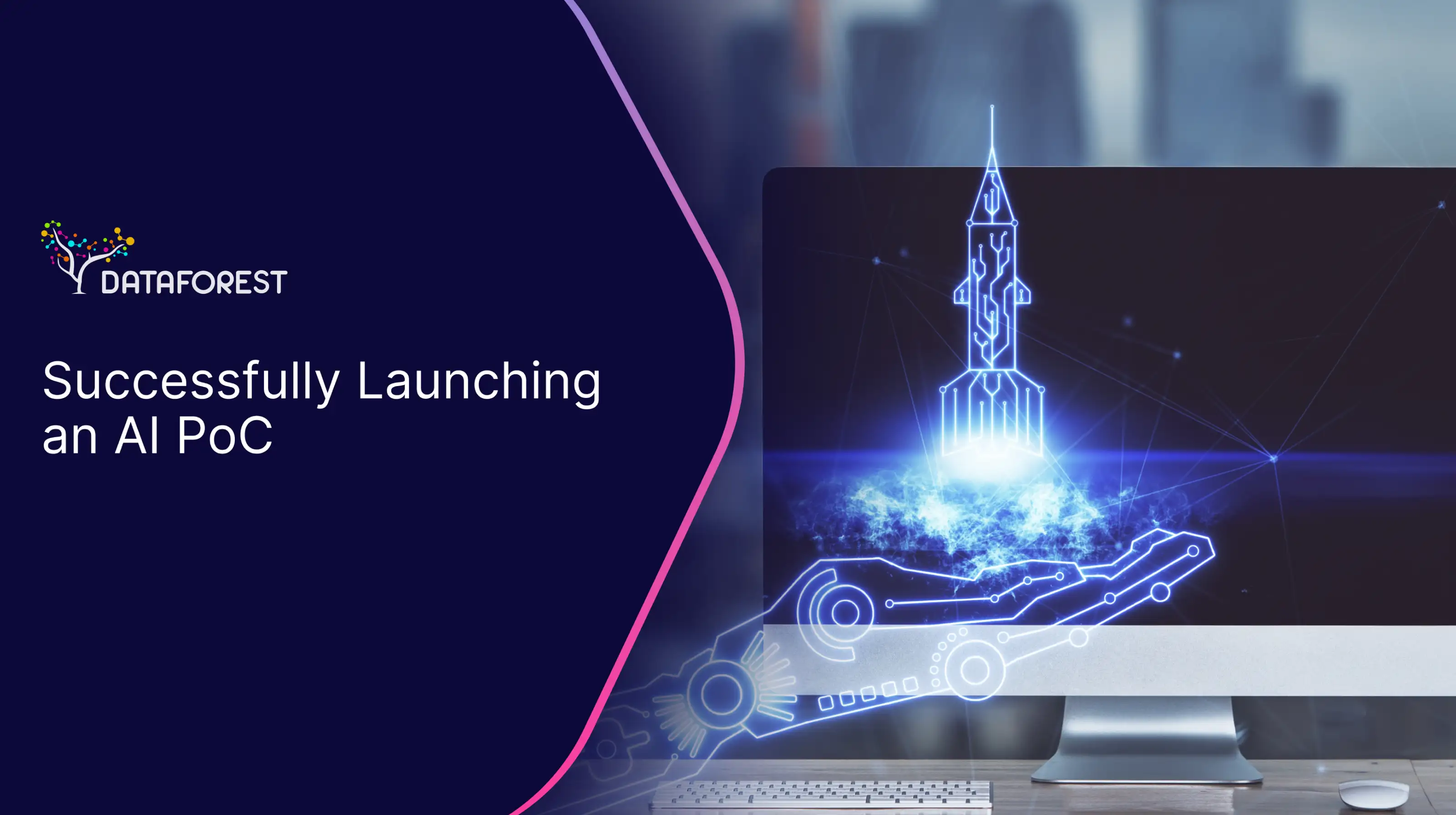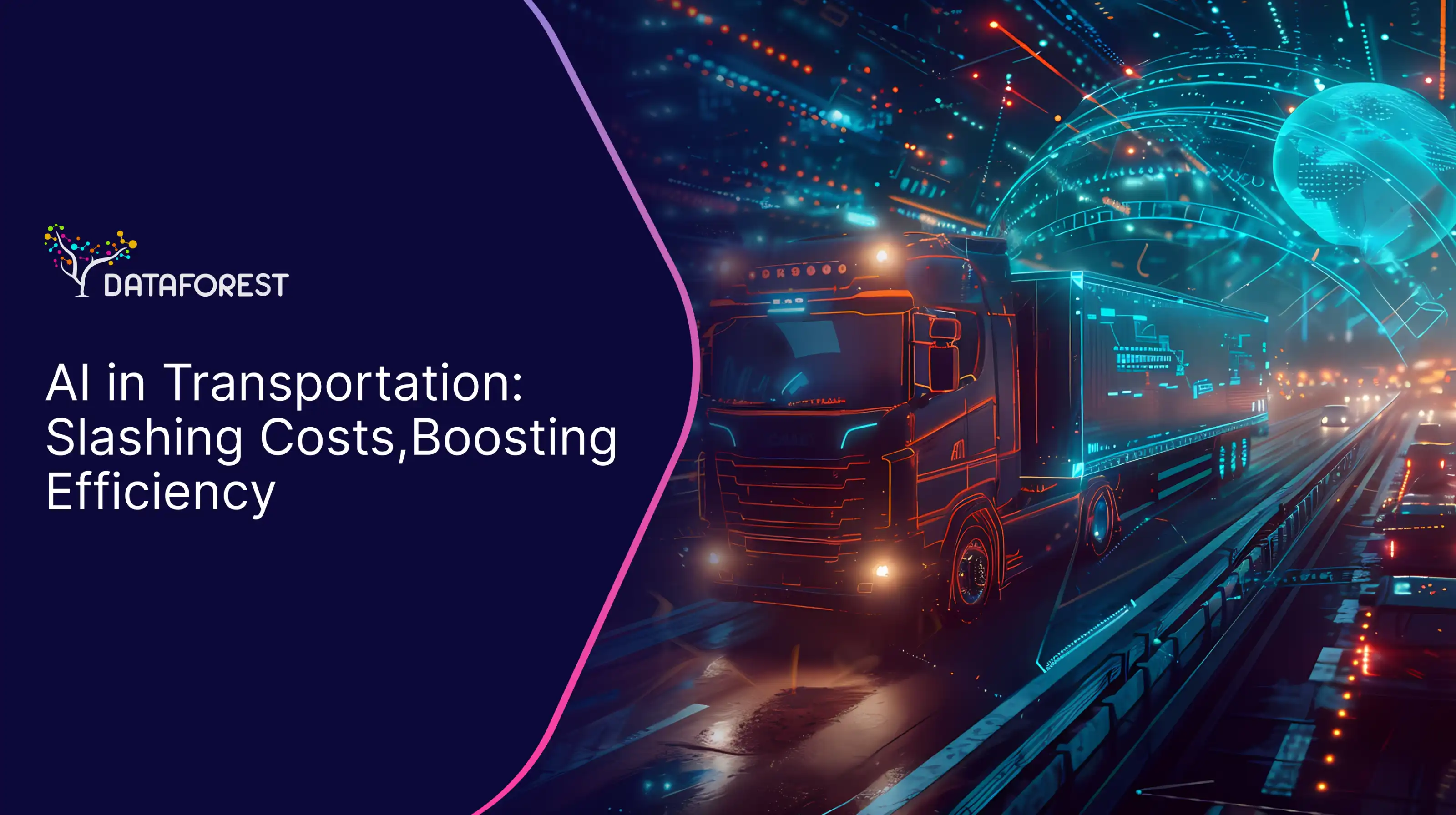Share
Table of contents:

Scala is a high-level, general-purpose programming language that integrates functional and object-oriented programming paradigms, designed to run on the Java Virtual Machine (JVM). Created by Martin Odersky in 2003, Scala combines concise syntax with expressive, type-safe code, allowing for the creation of robust, efficient, and scalable applications. Scala is statically typed, meaning that data types are checked at compile-time, reducing runtime errors and ensuring code reliability. It is particularly popular in data-intensive fields, such as big data, data science, and distributed computing, due to its compatibility with JVM-based systems and frameworks like Apache Spark.
Core Characteristics of Scala
- Functional and Object-Oriented Hybrid: Scala uniquely supports both functional and object-oriented programming styles. It treats functions as first-class objects, allowing them to be passed as parameters, returned as values, or assigned to variables. The language also supports immutable data structures and higher-order functions, making it ideal for functional programming. At the same time, Scala retains full support for traditional object-oriented constructs, including classes, inheritance, and polymorphism, providing developers with flexible design options.
- Type Inference: Scala uses type inference, meaning that the compiler automatically deduces data types when they are not explicitly specified. This feature allows Scala code to be more concise and readable without sacrificing type safety. While it provides flexibility in coding, it still retains strong static typing, making the code secure and less prone to runtime errors.
- Pattern Matching: Scala’s pattern matching is a powerful construct used for decomposing data structures and handling conditional logic in a concise and readable way. Pattern matching extends beyond simple switch cases, enabling more complex data decompositions and allowing developers to work seamlessly with algebraic data types and case classes, common in functional programming.
- Concurrency and Parallelism: Scala’s support for concurrent and parallel programming makes it suitable for applications with high processing demands. The language includes lightweight constructs like Futures and Promises for asynchronous programming, which are especially useful in multi-threaded and distributed computing environments. Additionally, Scala offers libraries, such as Akka, which provide actor-based concurrency for building scalable and fault-tolerant applications.
- Interoperability with Java: Scala is fully interoperable with Java, allowing developers to use Java libraries, frameworks, and tools directly within Scala applications. This compatibility with the JVM enables organizations to integrate Scala into existing Java ecosystems and provides access to a wide range of libraries for various application domains.
- Advanced Type System: Scala has a rich and expressive type system that supports generic programming, variance annotations, and type constraints, allowing for highly flexible and reusable code. Scala’s type system facilitates abstraction and enforces data consistency, providing the foundation for scalable and maintainable codebases.
- Scala Collections: The language provides a comprehensive set of collections that support both mutable and immutable data structures. Scala’s collection framework is designed with functional programming in mind, supporting operations such as `map`, `filter`, and `reduce`, making it easy to process and transform data in a functional manner.
Scala is widely adopted in data processing, big data analytics, and backend development. It is a primary language for Apache Spark, a distributed data processing framework, due to its ability to handle large datasets and parallel computations. Additionally, Scala is used in web development, distributed systems, and data science applications, where high performance, reliability, and scalability are essential. Its integration of functional and object-oriented programming, combined with robust JVM interoperability, makes Scala a versatile choice for building complex, data-driven applications in modern computing environments.











